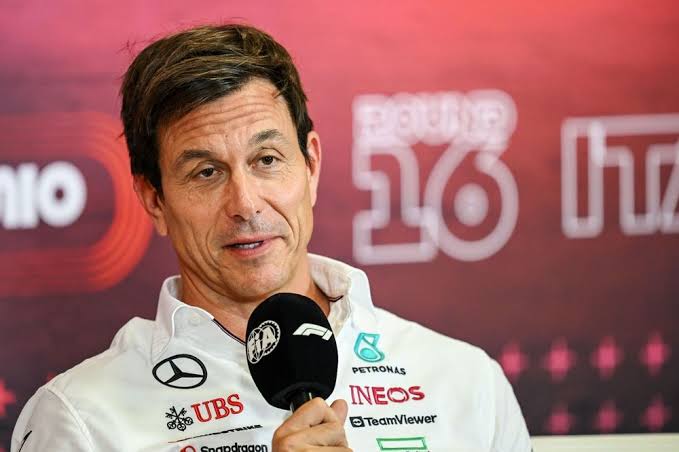
Mercedes boss Toto Wolff has strongly criticized a proposed change to the 2026 Formula 1 engine regulations, labeling it “a joke.” This criticism emerged following reports that the F1 Commission is set to discuss a potential reduction in the electrical power deployment during races from the planned 350kW down to 200kW.
Wolff’s sharp reaction, delivered with an “American politics” quip, came amidst the Saudi Arabian Grand Prix weekend. He expressed his disbelief and frustration that such a significant potential change was being considered so soon after a dedicated engine meeting in Bahrain where the initial 2026 regulations were reaffirmed.
The core of the 2026 engine regulations involves a near 50/50 split in power between the internal combustion engine (ICE) and the battery, with a significant increase in the electrical energy available through a more powerful Motor Generator Unit-Kinetic (MGU-K) and the removal of the Motor Generator Unit-Heat (MGU-H). The proposal to reduce the battery deployment in races would shift this ratio towards a greater reliance on the ICE (approximately 64/36).
The rationale behind the potential change, reportedly pushed by the FIA, is to mitigate concerns about cars running out of electrical energy during races, which could lead to drivers having to lift and coast excessively, potentially impacting the racing spectacle.
While Wolff was clearly unimpressed, other team principals have offered more nuanced views. Red Bull’s Christian Horner, whose team is developing its own power unit for 2026, indicated support for the FIA’s intentions, stating that avoiding excessive energy management for the sake of better racing was a worthwhile goal. Ferrari’s Frédéric Vasseur also emphasized the collective responsibility of all stakeholders to ensure the 2026 regulations are successful for the sport’s overall health and spectacle, suggesting an open-minded approach to adjustments.
The debate highlights the complexities and potential disagreements that arise when formulating such significant technical regulations for Formula 1’s future. While the aim is to create more sustainable and engaging racing, the optimal balance between hybrid power and ICE remains a key point of contention among the teams. The upcoming F1 Commission meeting is now set to be a crucial forum for further discussion and potential decisions on the direction of the 2026 power unit regulations.
Be the first to comment